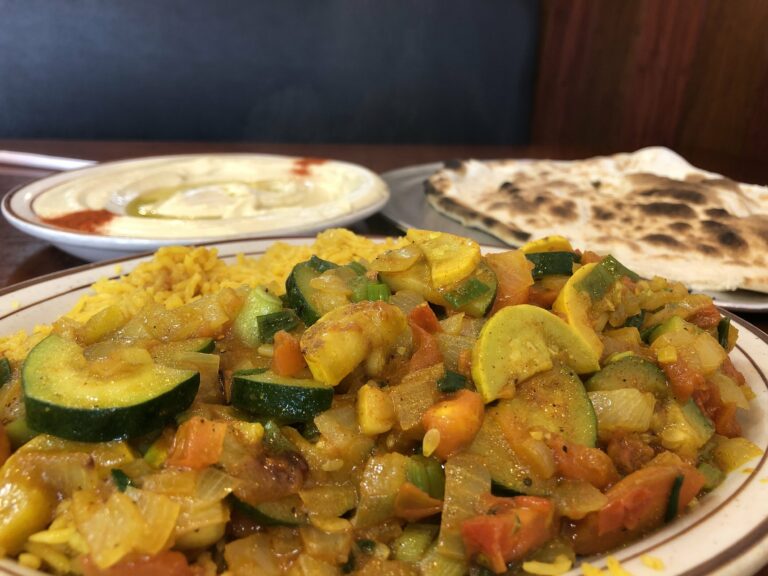Introduction: Vietnamese cuisine and vegetarianism
Vietnamese cuisine is known for its fresh ingredients, complex flavors, and diverse dishes. However, for vegetarians and vegans, the options may seem limited due to the common use of meat, fish sauce, and shrimp paste in traditional Vietnamese cooking. Nevertheless, there are still plenty of vegetarian and vegan options available in Vietnamese cuisine, which are not only tasty but also nutritious.
Buddhist influence: Vegetarianism in Vietnam
Buddhism has a significant influence on Vietnamese culture, and vegetarianism has been a part of Vietnamese Buddhist practice for centuries. Many Vietnamese people observe vegetarianism during religious festivals or as a personal choice. As a result, vegetarian dishes have become an integral part of Vietnamese cuisine, especially in Buddhist temples and monasteries. Vegetarianism is also gaining popularity among the younger generation of Vietnamese who are more health-conscious and environmentally aware.
Popular vegetarian dishes in Vietnamese cuisine
Some of the most popular vegetarian dishes in Vietnamese cuisine include Pho Chay (vegetarian pho), Banh Mi Chay (vegetarian banh mi), and Goi Cuon Chay (vegetarian spring rolls). Pho Chay is a flavorful noodle soup made with vegetable broth and tofu, mushrooms, and vegetables. Banh Mi Chay is a Vietnamese sandwich with crispy bread, pickled vegetables, and mock meat or tofu. Goi Cuon Chay are fresh spring rolls filled with vegetables, herbs, and tofu, served with peanut dipping sauce. These dishes are not only delicious but also healthy and filling.
Vegan options: Traditional and modern twists
Vegan options are also available in Vietnamese cuisine, with some traditional dishes that are naturally vegan and some modern twists to the classic dishes. Some of the vegan options include Banh Xeo (Vietnamese crepes), Com Chay (vegan rice), and Bun Bo Hue Chay (vegan spicy noodle soup). Banh Xeo is a crispy pancake filled with bean sprouts, mushrooms, and tofu. Com Chay is a Vietnamese-style fried rice with vegetables and mock meat or tofu. Bun Bo Hue Chay is a spicy noodle soup made with vegan broth, tofu, and vegetables. There are also vegan versions of the famous Vietnamese coffee, made with soy milk instead of condensed milk.
Restaurant options for vegetarians and vegans
Vegetarian and vegan restaurants are becoming more popular in Vietnam, especially in big cities like Hanoi and Ho Chi Minh City. Some of the well-known vegetarian and vegan restaurants include Hum Vegetarian, Loving Hut, and Tinh Tam Chay. These restaurants offer a wide variety of vegetarian and vegan dishes, from traditional Vietnamese cuisine to international cuisine, with many creative and innovative options for those who prefer a meatless diet.
Conclusion: The future of vegetarianism in Vietnamese cuisine
As more people become aware of the health and environmental benefits of a vegetarian and vegan diet, the demand for meatless options in Vietnamese cuisine is likely to increase. Vietnamese cuisine has a rich and diverse range of vegetarian and vegan options, which are not only delicious but also culturally significant. With the growing popularity of vegetarianism and veganism, Vietnamese cuisine is evolving to cater to a wider range of dietary preferences and lifestyles. The future looks bright for vegetarianism in Vietnamese cuisine, and we can expect to see more creative and innovative meatless options in the years to come.



